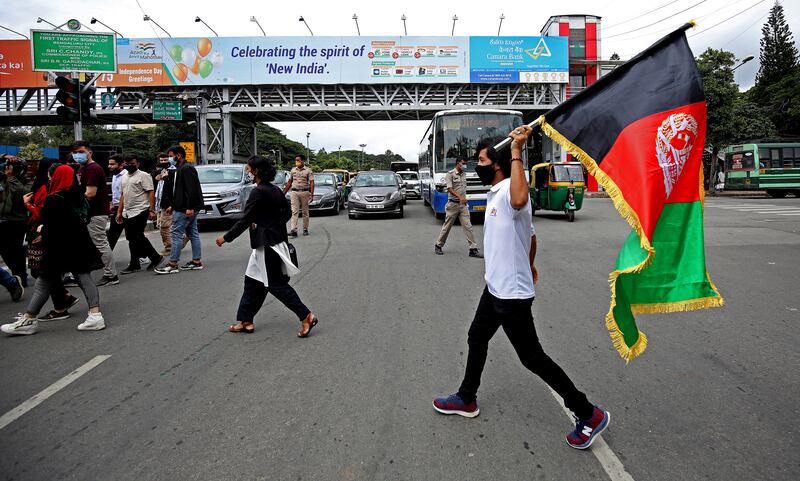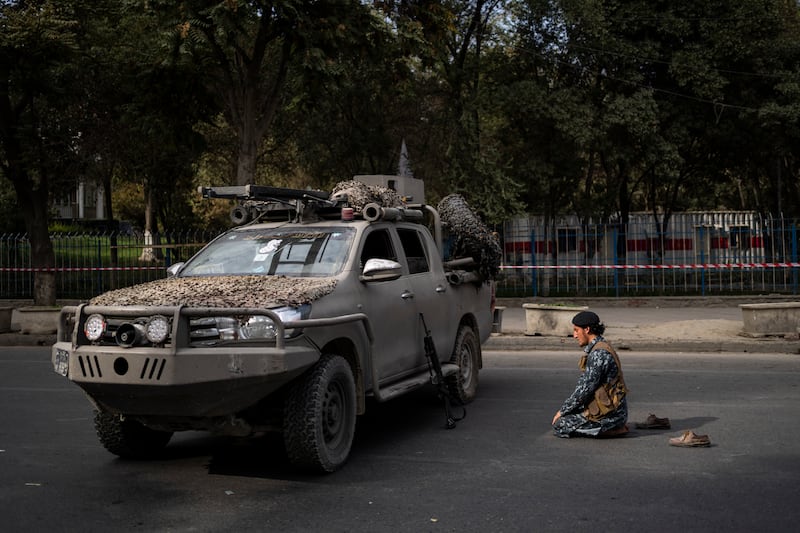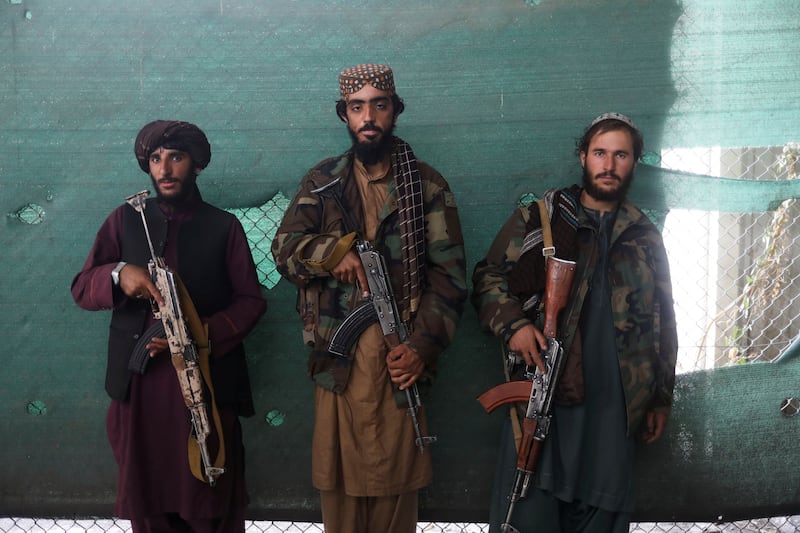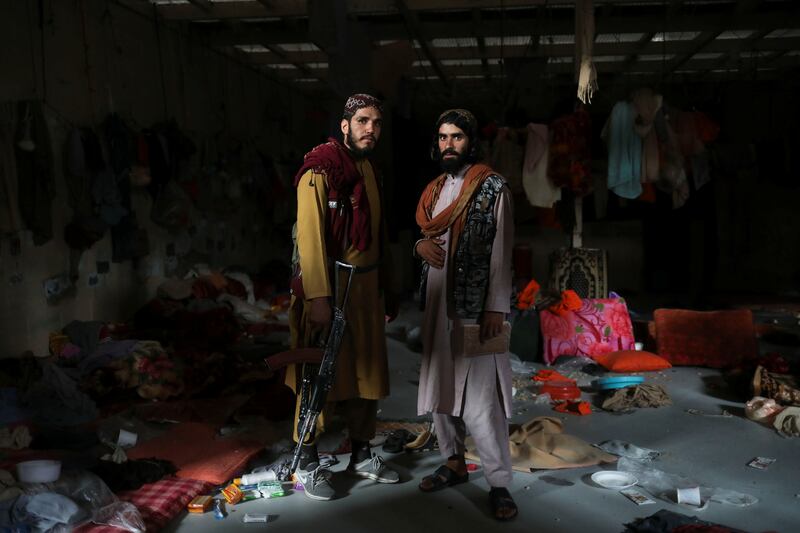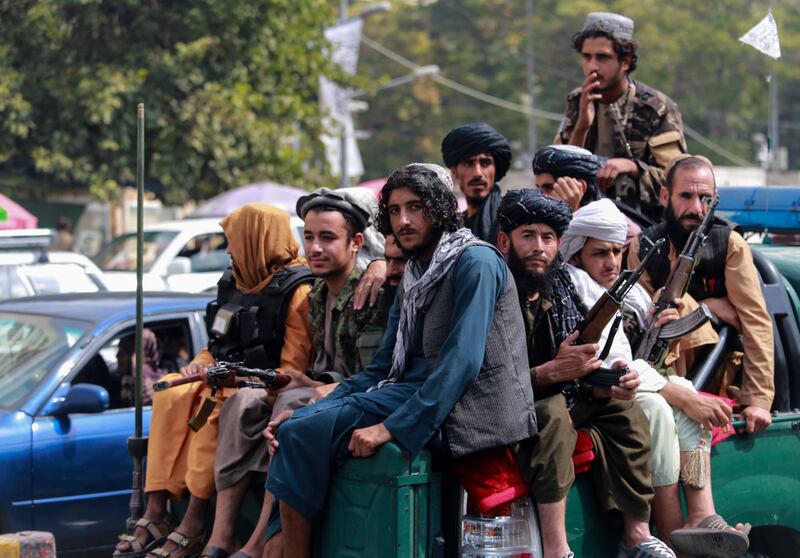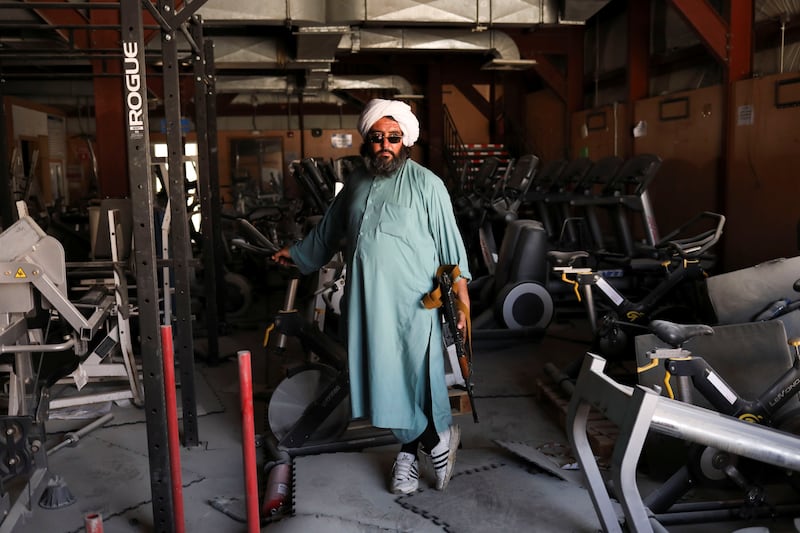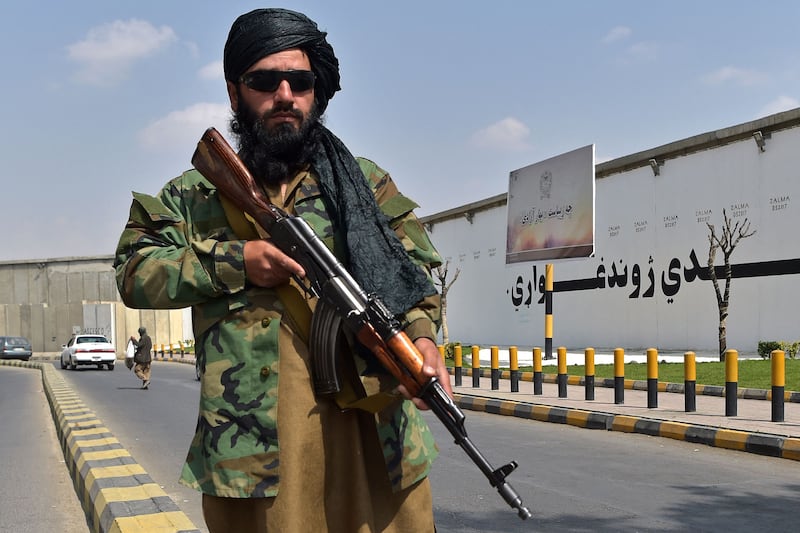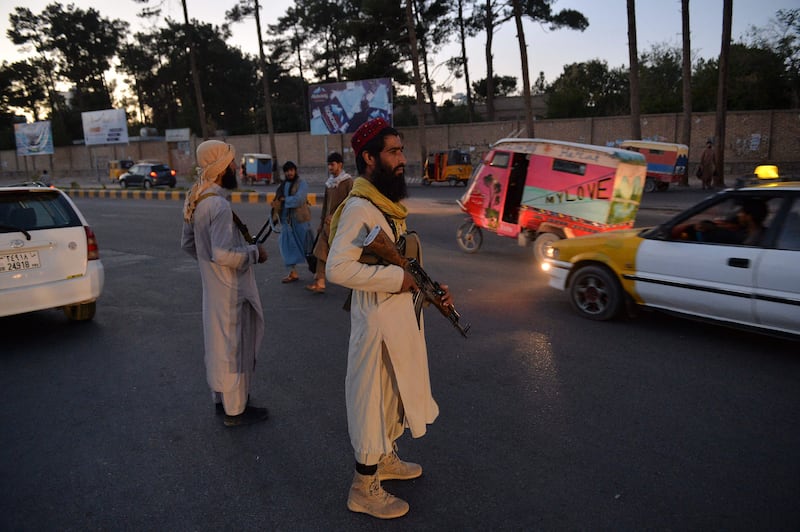After the fall of Kabul to the Taliban in August, sensationalist, wall-to-wall coverage of the event in many large Indian media outlets gave the impression that New Delhi's response to this regional crisis went beyond rescuing Afghans. Private channels, which have a mammoth audience, stoked nationalist sentiments to create an energetic fog of speculation, airing suggestions that India was rallying anti-Taliban resistance forces and actively charting a course for direct engagement with the militant group.
In reality, the Indian government – labouring under the constraints of weak allies in Afghanistan and its own domestic challenges – has, for the most part, been moving cautiously in response to events, rather than attempting to shape them. That is not a bad thing.
New Delhi had already begun tentative, exploratory dialogue with the Taliban more than a year before their seizure of power, following then US president Donald Trump’s agreement with the group for an uncontested withdrawal of American-led forces from Afghanistan. But not only did the speed with which Kabul fell come as a shock to New Delhi, the extent of the collapse of the anti-Taliban resistance undermined some of the key assumptions underlying Indian engagement. Within days, no cities remained in anti-Taliban hands and even the supposedly impregnable Panjshir Valley had been captured.
The geopolitical dynamics do not make things any easier. Nato, it seems, intends to keep its deal with the Taliban for as long as it can. Iran and Russia, India’s pre-9/11 allies against the Taliban, have become much more amiable towards the group. To top it off, the very same Pakistan-sceptic Taliban factions that India had engaged with have been sidelined within Afghanistan's new interim government, further limiting New Delhi’s options.
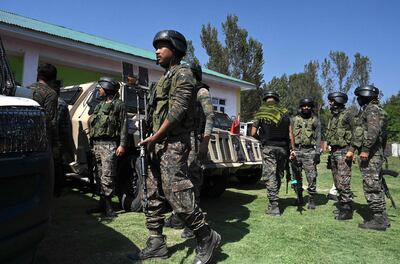
Hence, India is prudently taking the same overall approach that it did after Pakistan-backed extremists defeated India’s friends in Afghanistan’s communist government in 1992. Then, as now, New Delhi’s willingness to take action depended on its reach. That meant a wait-and-see position on Afghanistan, a tough line with Pakistan and an even tougher line with separatists operating in the Muslim-majority Kashmir Valley.
India’s senior national security managers of today experienced all of this first-hand more than 30 years ago, and their sense of deja vu is palpable – during that period, India’s greatest fear was that a victory for Afghanistan's extremists will result in an intensification of Kashmir’s separatist insurgency. This is already happening, with a wave of assassinations across the Indian-controlled portion of the disputed territory.
On the surface, India’s reach in Afghanistan looks much greater than it did in the 1990s. The Indian Air Force, for example, has maintained facilities some 200 kilometres north of the Afghan border at Ayni Air Base in Tajikistan since the early 2000s. But even though this proved invaluable as a pit-stop while evacuating Indian nationals on unarmed emergency flights, the IAF learnt years ago that maintaining even modest combat forces in this location was highly unsustainable. In any case, the IAF today lacks the resources to spare aircraft at a time of rising tensions on India's disputed borders with China and Pakistan.
As far as a policy of waiting for changes in Afghanistan goes, history suggests that India may not have to wait that long.
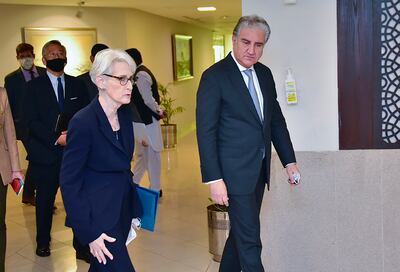
Back in 1992, India seemed bereft of options, given the overwhelming dependence of most Afghan mujahideen groups on Pakistan. Four years later, many of the same groups were thrilled to align with India against their overbearing former patron. Divisions within the Taliban today could to turn into open rupture tomorrow or the day after. Alternatively, if the Taliban’s rule proves to be especially bloody or arbitrary, popular resistance may spring up within Afghanistan soon enough.
Yet, for all the similarities with the 1990s, there are enormous differences – most notably India’s ideological framework and the country’s place in the world.
Where Indian reach has extended over the past two decades is Washington. Although its ties with the US could not budge President Joe Biden’s course on Afghanistan, India is strong enough and important enough to tilt firmly the balance against those within the American policy establishment who would favour a renewed investment in the relationship with Pakistan as a means of influencing or managing the Taliban. The recent visit by US Deputy Secretary of State Wendy Sherman to New Delhi was meant to reassure the Indian government that the US would not be taking that route. Mr Biden’s refusal to call Pakistan Prime Minister Imran Khan after 10 months in office probably speaks even louder than Ms Sherman’s words.
It is worth noting, too, that India has called for a meeting between national security advisers of China, Iran, Pakistan, Russia, Tajikistan and Uzbekistan. Scheduled to be held next month, the meeting is being convened to discuss Afghanistan's humanitarian crisis, security situation and human rights violations in the country.
India’s domestic politics and policies have also changed significantly. Like America, India’s historically welcoming attitude towards refugees and persecuted peoples of all stripes gave it tremendous soft power in the region. But like in the US, the political atmosphere in India has grown markedly less welcoming towards refugees who do not have what the current government interprets to be direct cultural ties to the country. In the immediate aftermath of the Taliban takeover, the government chose to prioritise Afghan Hindus and Sikhs for resettlement. That said, India’s history of serving as a refuge for Afghans of all kinds is so long, deep and popular domestically that it is likely that some measure of flexibility will be found.
In short, while India has done less than the jingoistic elements in its media landscape suggest, this is as much as it can realistically manage for now, and it may well be enough. Historically, the people of Afghanistan have suffered most of all from great powers that have treated their lives as a playing field for their geopolitical and ideological rivalries. New Delhi’s cautious approach is likely to hurt far fewer Afghans than the more aggressive strategies of its interventionist neighbours. That is something the Afghan people will undoubtedly remember for a long time to come.
